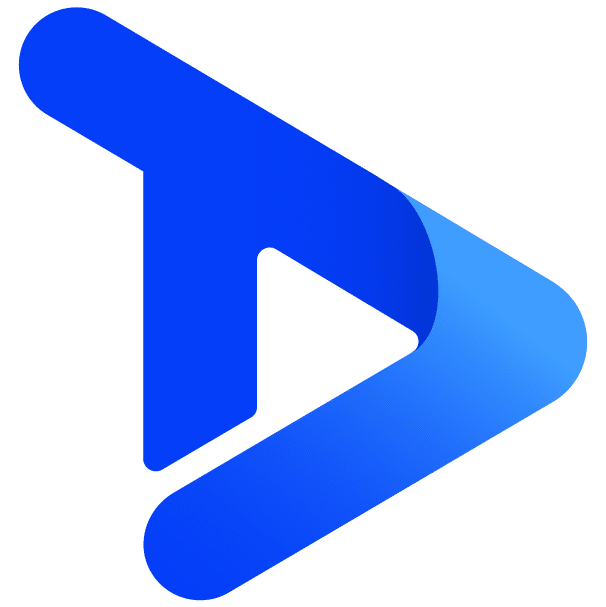Digital signage for special education needs (SEN) helps to provide the first class support all pupils deserve – inside and outside of the classroom.
Display Engaging Content
Today children have an increasingly short attention span. Teachers and school administrators have to compete with more distractions than ever thanks to the omnipresent smart phone. For children with special education needs, maintaining concentration is even more difficult. Interactive whiteboards in the classroom have been hugely successful in increasing pupil engagement. Syllabuses once taught purely through a textbook are now delivered with video, interactive diagrams and games. Why can’t the same principle be applied to communicating with pupils elsewhere?
Digital signage around schools offers a new channel of engaging content. Posters and notices long ignored can now be digitised and brought to life. The school play can be advertised with a video trailer and the school concert with audio.
Assistive Technology
The introduction of ‘assistive technology’ in the classroom has improved the education of special needs children around the world no end. Supportive devices range from audio players to writing supports and calculators. Too few schools, however, have considered the possibilities of assistive technology outside of the classroom. It’s a great shame because there are many other areas of school life that special needs children could see equally improved.
Keeping up with a busy schedule of classes – not to mention finding your way to the right rooms (especially at the start of term) – is a challenge faced by all school children alike. For many children with special needs, this challenge is even tougher. Installing digital signage screens around your school makes this experience less stressful. When used to display class time-tables, screens help students get organised and plan their day. In addition to providing the location of their next class, a more sophisticated signage solution would be able to offer directions, perhaps through a touch screen interface.
Kinaesthetic Learning
Many students are kinaesthetic learners. They process information best, not out of a textbook or from the teacher’s mouth, but when doing things. When they are allowed to get hands-on and personally involved in their learning. Touch screen displays, for example the use of an iPad in the classroom, have proven highly effective in this environment. The gamification of learning has been well publicised. Digital signage offers new possibilities for this outside of the classroom. Children might not be allowed to use iPads around the school (particularly if they’re school property) but a digital screen fixed to a wall is easier to control. Educational games can be offered for children to play in their breaks and free periods.
Digital signage is even more tailored to visual learners. Perhaps one of the most effective educational tools is the ‘how to’ video. There are videos on the internet covering anything from ‘how to tie a tie’ to ‘how to bake a cake’. Digital screens allow children to learn in this way – independent of their teacher. Digital signage for special education needs also invaluably supports sign language. Too often schools with one or two deaf children fail to cater for their needs when it comes to basic things like showing videos in their reception or hallways.
Digital signage for special education needs ensures that all pupils are catered for.

Discover Our Digital Signage Solutions For Education
Visit our Digital Signage For Education page.
Why not get in touch to find out more?
Call – 02380 981110 or Email Us – info@troudigital.com
